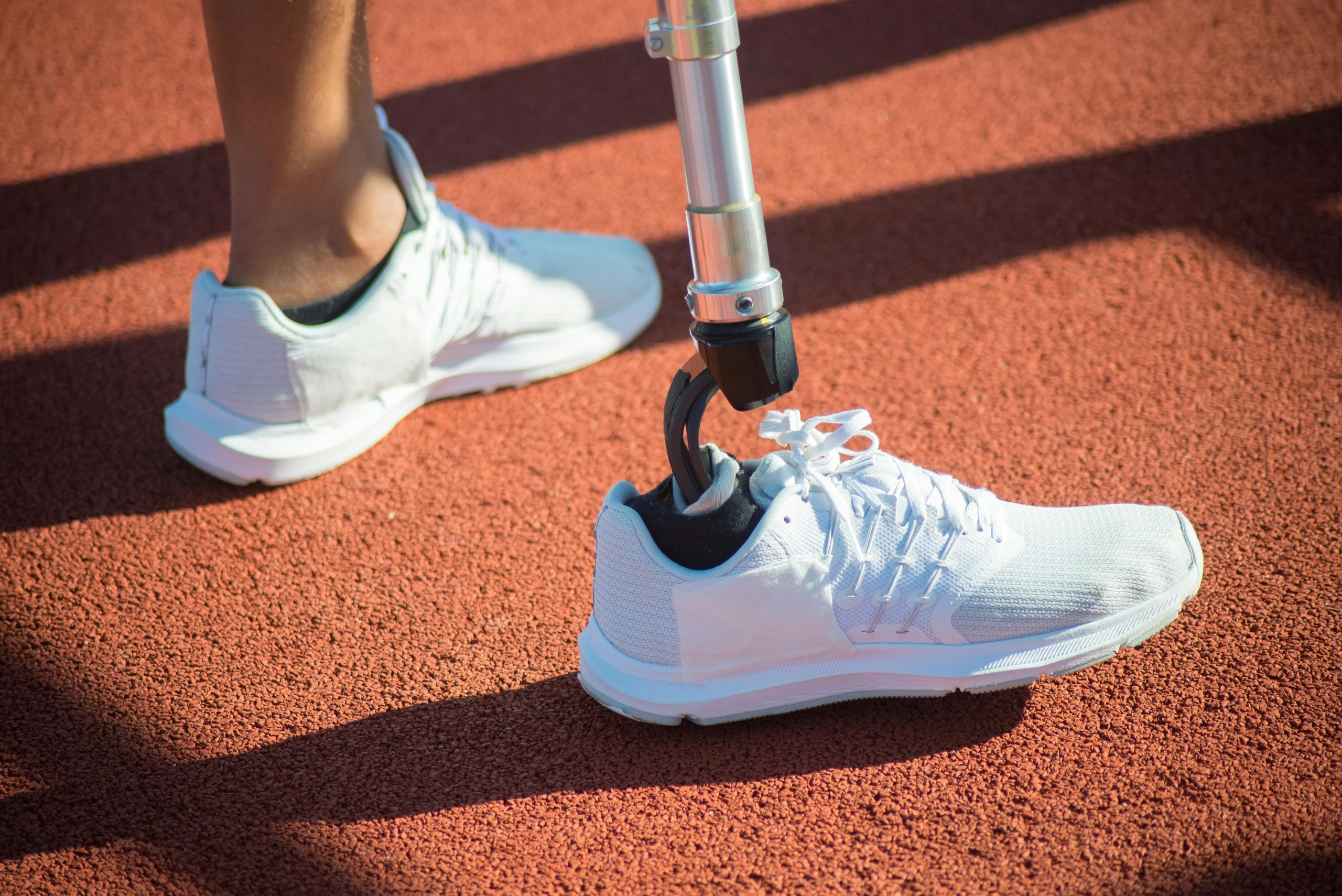Resilience and Adaptability: Preparing Students for Change
In today’s ever-changing world, the ability to adapt and be resilient is becoming more and more essential. This is especially true for students, who will face a world that is vastly different from what their parents may have experienced. With advancements in technology, climate change, and societal shifts, students will need to be prepared for a future that is constantly in flux. As educators, it is our responsibility to not only teach students the necessary knowledge and skills, but also to cultivate their resilience and adaptability to prepare them for change. In this article, we will explore the importance of resilience and adaptability in student success and provide practical tips on how to foster these traits in the classroom.
The Importance of Resilience and Adaptability for Students
Resilience and adaptability may seem like buzzwords, but they are essential characteristics for students to possess in order to succeed in today’s world. Resilience can be defined as the ability to bounce back from challenges and setbacks, while adaptability is the capacity to adjust and thrive in new situations. Both of these traits are crucial for students as they face various challenges and changes in their academic and personal lives.
One of the main reasons why resilience and adaptability are important for students is that they help them develop a growth mindset. A growth mindset is the belief that intelligence and abilities can be developed through hard work and effort. When students are resilient and adaptable, they are less likely to give up when faced with difficulties and instead view them as opportunities to learn and grow.
Moreover, resilience and adaptability also contribute to students’ well-being. The ability to cope with change and challenges can help students manage stress, maintain a positive outlook, and improve their overall mental health. This is particularly important as students face increasing pressure and expectations in their academic and personal lives.
Fostering Resilience and Adaptability in the Classroom
As educators, there are several ways in which we can help students develop resilience and adaptability in the classroom. Here are some practical tips to get started:
1. Encourage a Growth Mindset
One of the most effective ways to foster resilience and adaptability is to promote a growth mindset in the classroom. This can be done by reframing mistakes and challenges as opportunities for learning and highlighting the importance of effort and perseverance. Encourage students to view setbacks as a chance to improve and praise their efforts rather than just their achievements.
2. Teach Problem-Solving Skills
Another way to develop resilience and adaptability in students is to teach them problem-solving skills. When students encounter difficulties, they may feel overwhelmed and unsure of how to proceed. By teaching them problem-solving strategies, such as breaking tasks into smaller steps or seeking help from others, students can learn how to overcome obstacles and adapt to new situations.
3. Expose Students to Diverse Perspectives
Exposure to diverse perspectives and experiences can also contribute to students’ resilience and adaptability. When students are exposed to different ways of thinking and approaching problems, they learn to be more flexible and open-minded. Including diverse voices and perspectives in classroom discussions, readings, and assignments can help students develop a more well-rounded outlook.
4. Emphasize Self-Care
In today’s fast-paced world, it’s easy for students to neglect their well-being. As educators, we can help students develop healthy coping mechanisms by emphasizing the importance of self-care. This can include promoting exercise, healthy eating habits, and mindfulness practices. Creating a supportive and inclusive classroom environment can also contribute to students’ overall well-being.
Conclusion
In conclusion, resilience and adaptability are crucial traits for students to possess in order to succeed in an ever-changing world. By fostering a growth mindset, teaching problem-solving skills, exposing students to diverse perspectives, and emphasizing self-care, educators can help students develop these traits in the classroom. By equipping our students with the necessary tools and mindset to adapt and thrive, we are preparing them for the challenges and changes that lie ahead.









